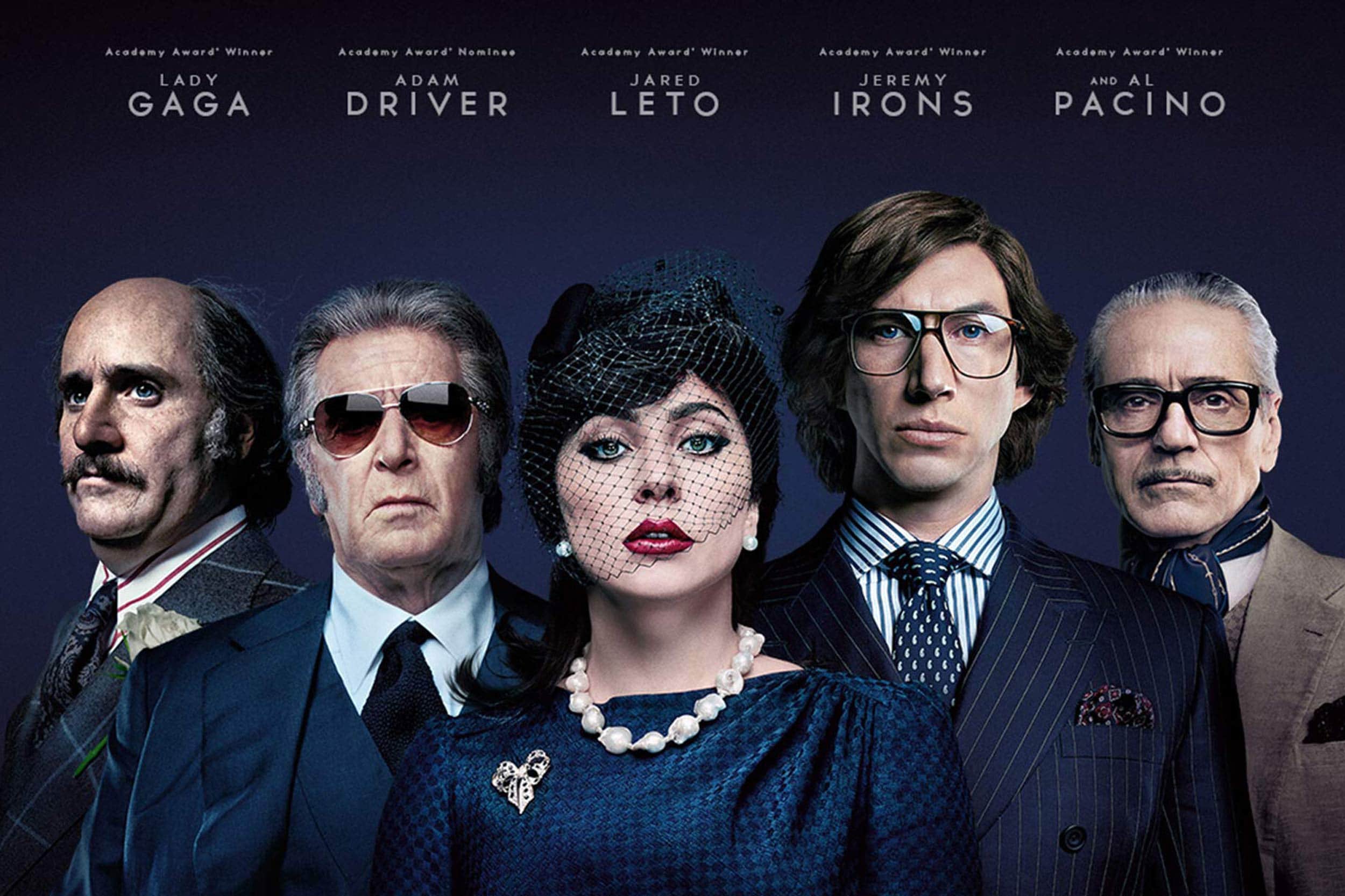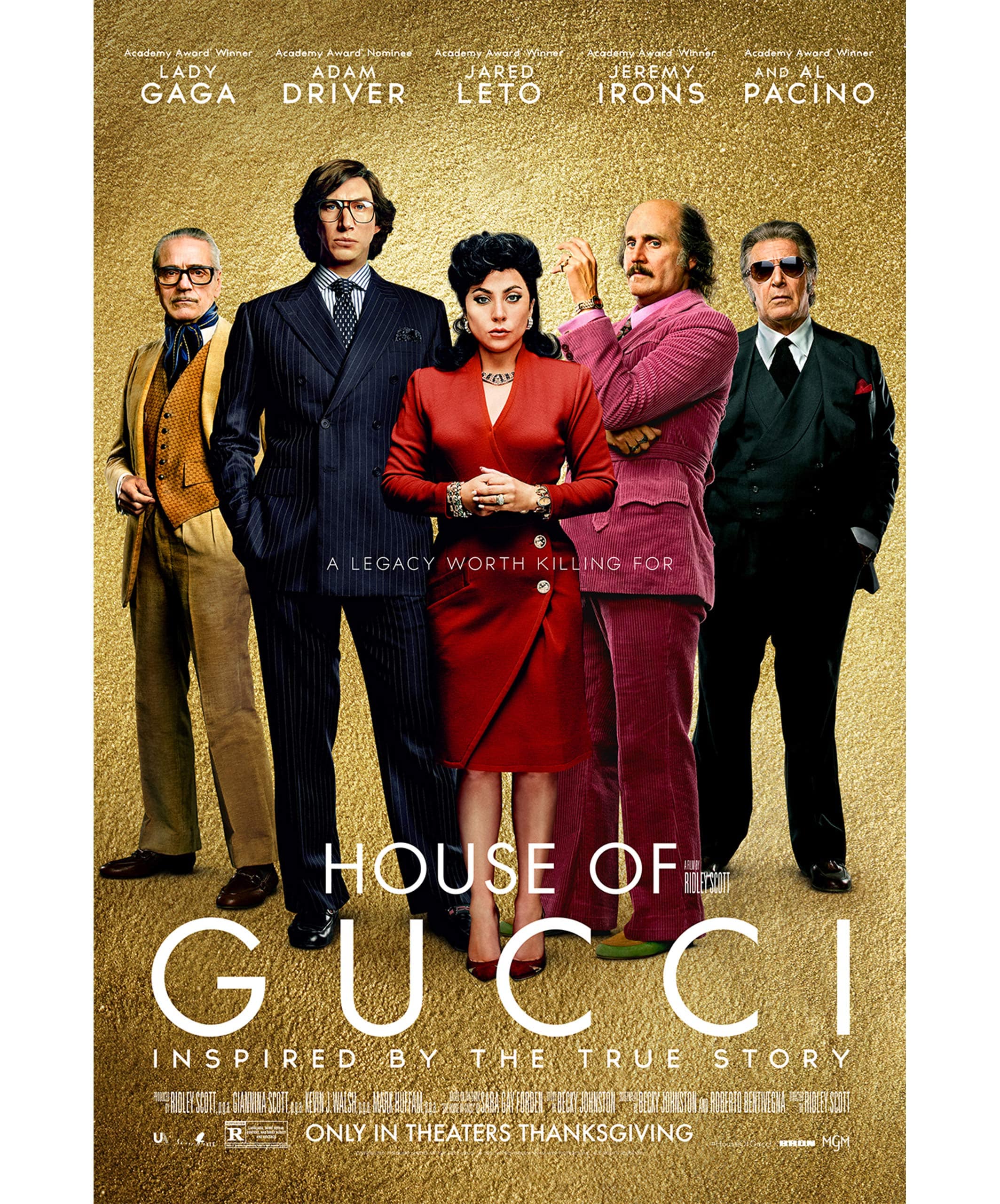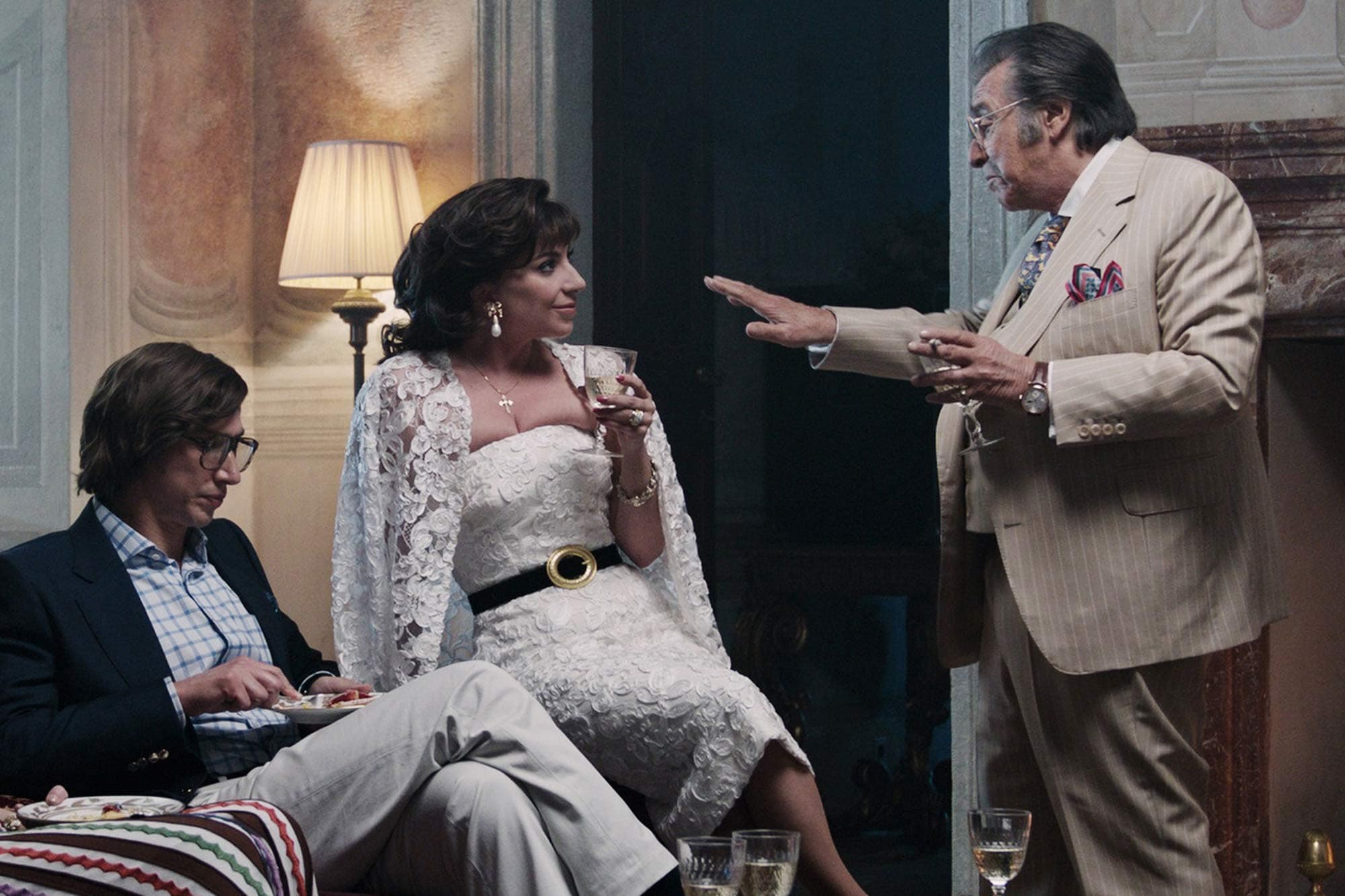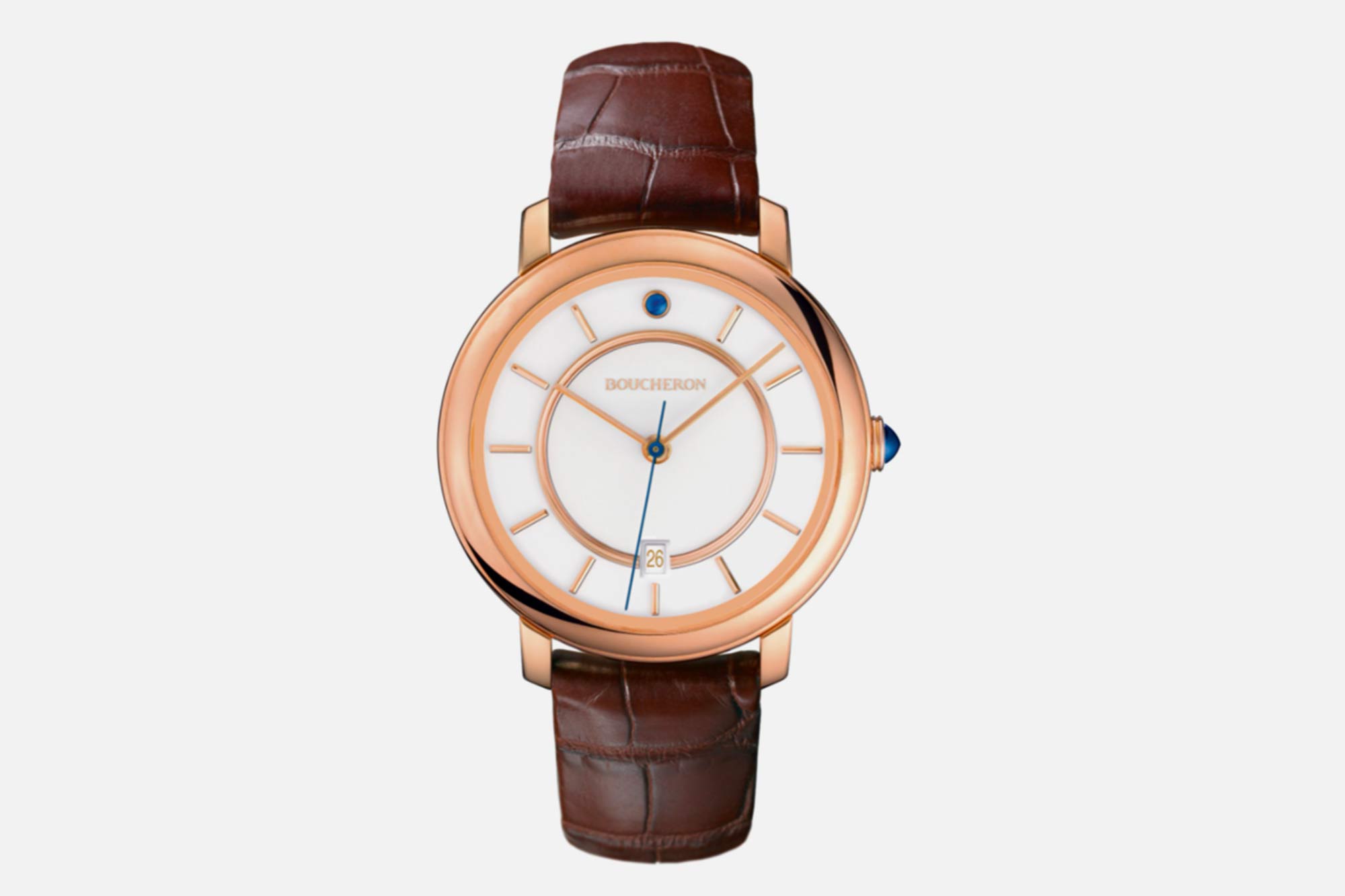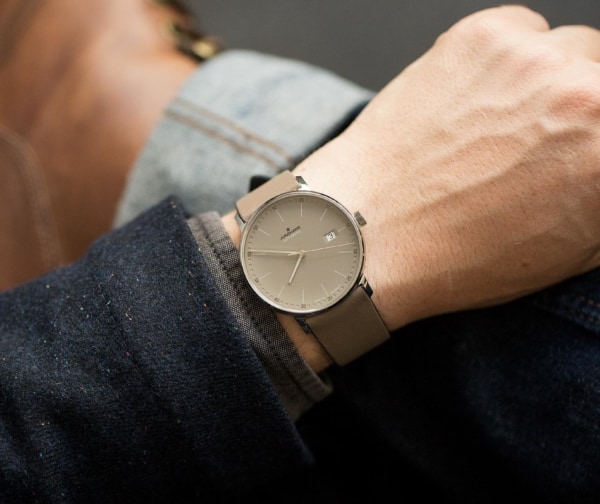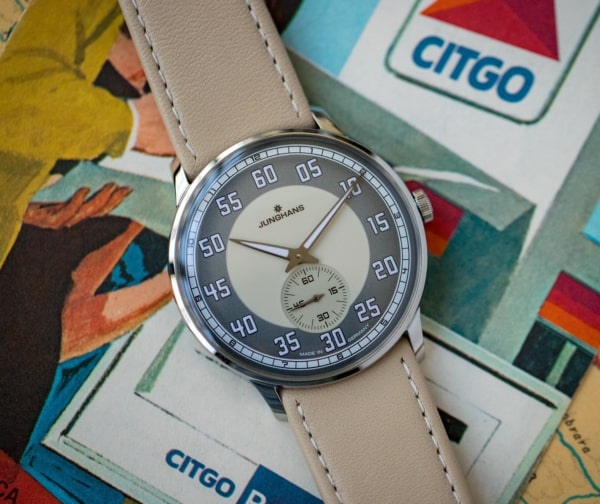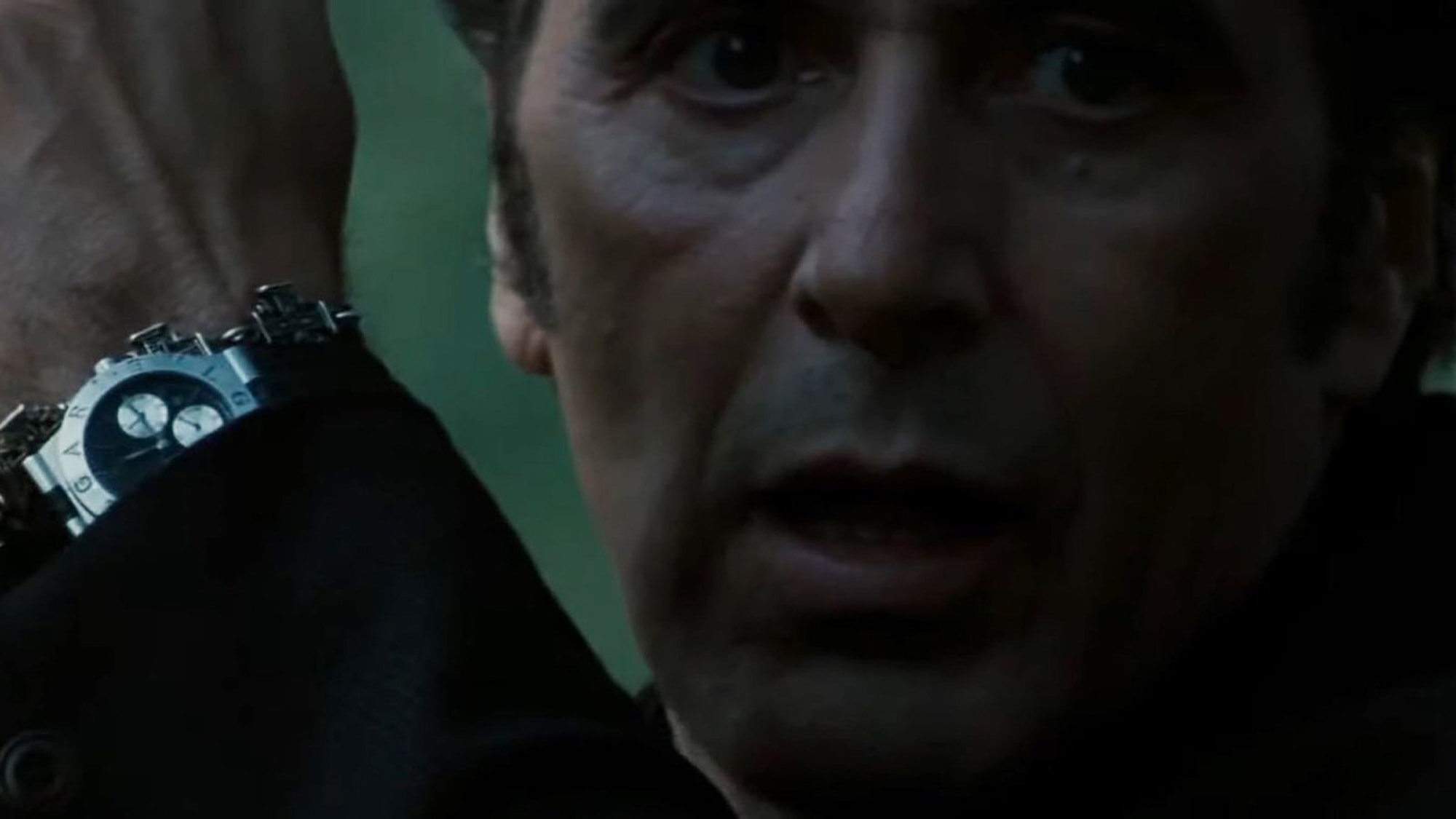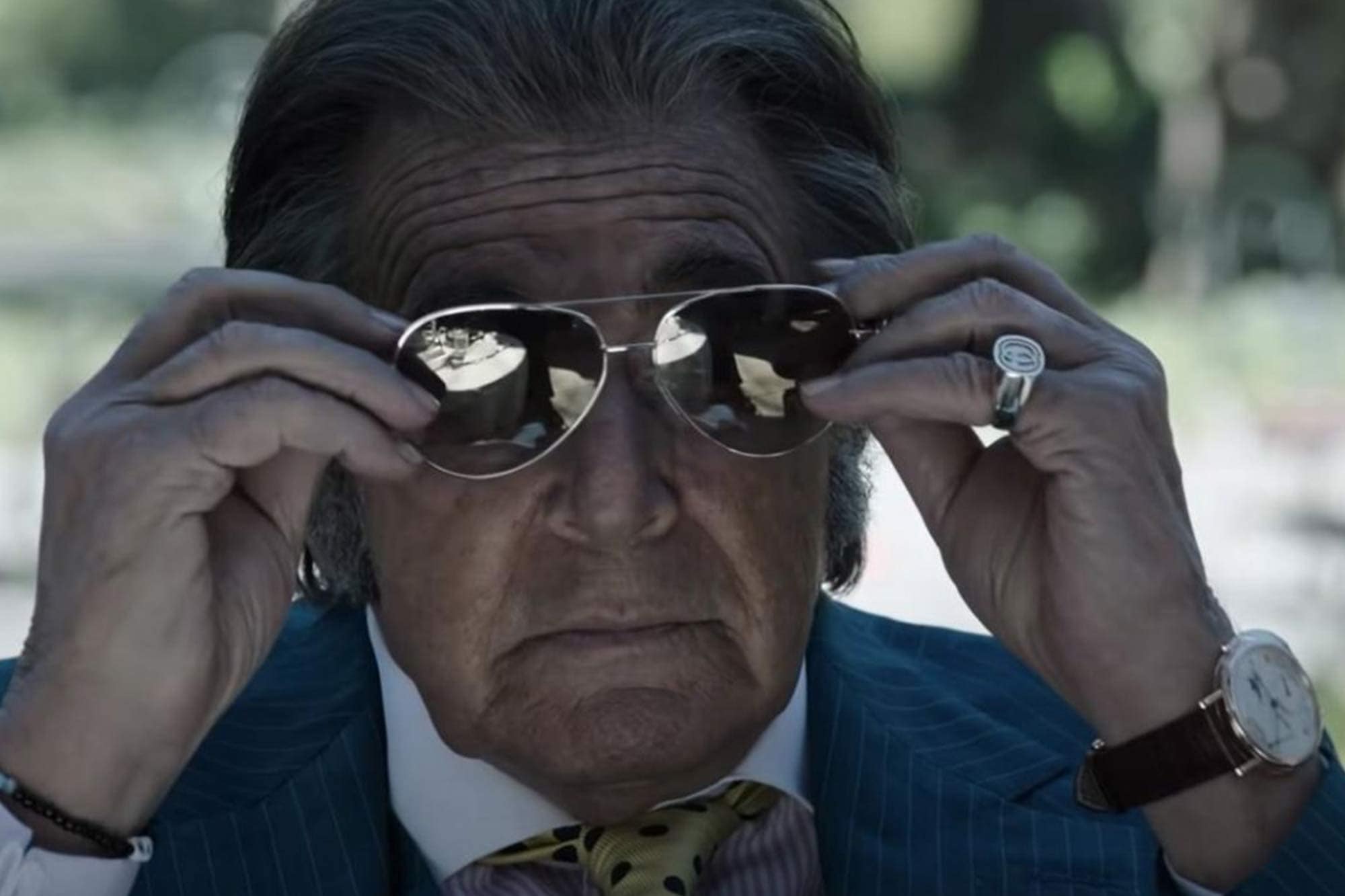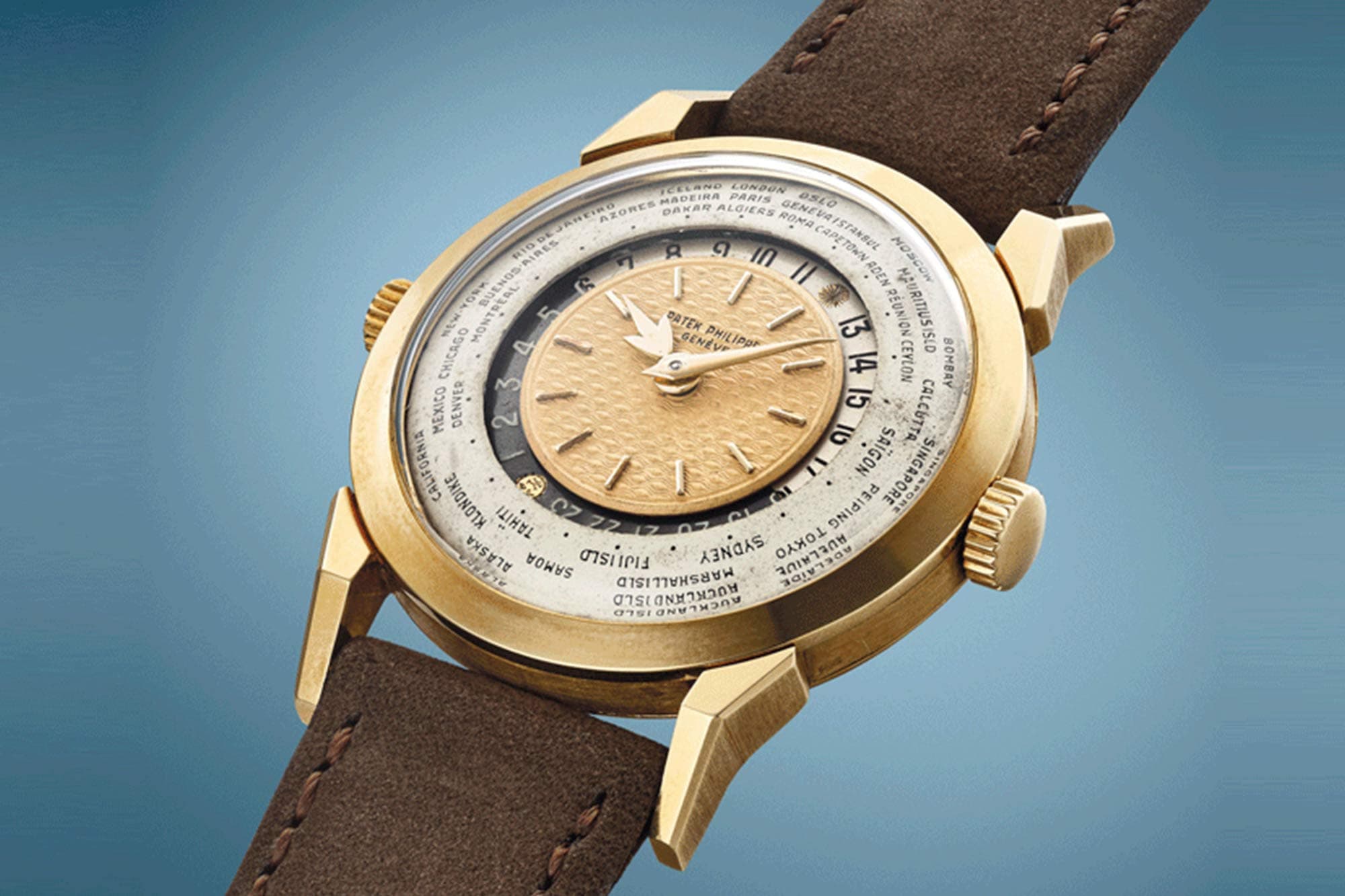Editor’s note: Back in the first few years of Worn & Wound we had a series called “Watches on the Screen” – we’ve decided now to dip our toes again into cinema with a new concept from our very own film buff, Zach Kazan, looking not just at the wrists of actors, but at the films themselves. Enjoy the first part of our new series “Zach Goes to the Movies”
I’d be hard pressed to think of another movie I was more primed to see in 2021 than House of Gucci. When the trailer dropped earlier this year, I admit I watched it on repeat several times in those first few hours. The music, the clever editing, and the silly Chef Boyardee accents had me absolutely hooked. Ridley Scott, the director, has long been one of my favorite filmmakers. Not just for Alien and Bladerunner, consensus picks, perhaps, for the best movies he’s ever made (and among the best movies in the science-fiction landscape, period). But for many of his less celebrated films and later output, like Matchstick Men, with one of my favorite Nicolas Cage performances, and the absolutely bonkers The Counselor, which has more than a little in common with Gucci in terms of tone and style. Scott, now in his 80s, remains one of the most versatile major filmmakers working today, and every movie with his name attached is a legitimate event, at least for me.
House of Gucci is the story of the later stages of the Gucci family’s control over the company that still bears their name. It all went down in flames (spoiler warning, I guess) in the mid-90s, when Maurizio Gucci (played by Adam Driver in the film) was forced to sell his family’s stock in their own company to cover his epic personal financial misadventures. As you’re well aware of if you saw a supermarket tabloid at any time between 1995 and about 1997, Maurizio was killed by a hitman hired by ex-wife Patrizia Reggiani (Lady Gaga). The trial that came later, resulting in Reggiani’s conviction, was noted as being something of a circus, and dominated Italian news for years.









 Featured Videos
Featured Videos




